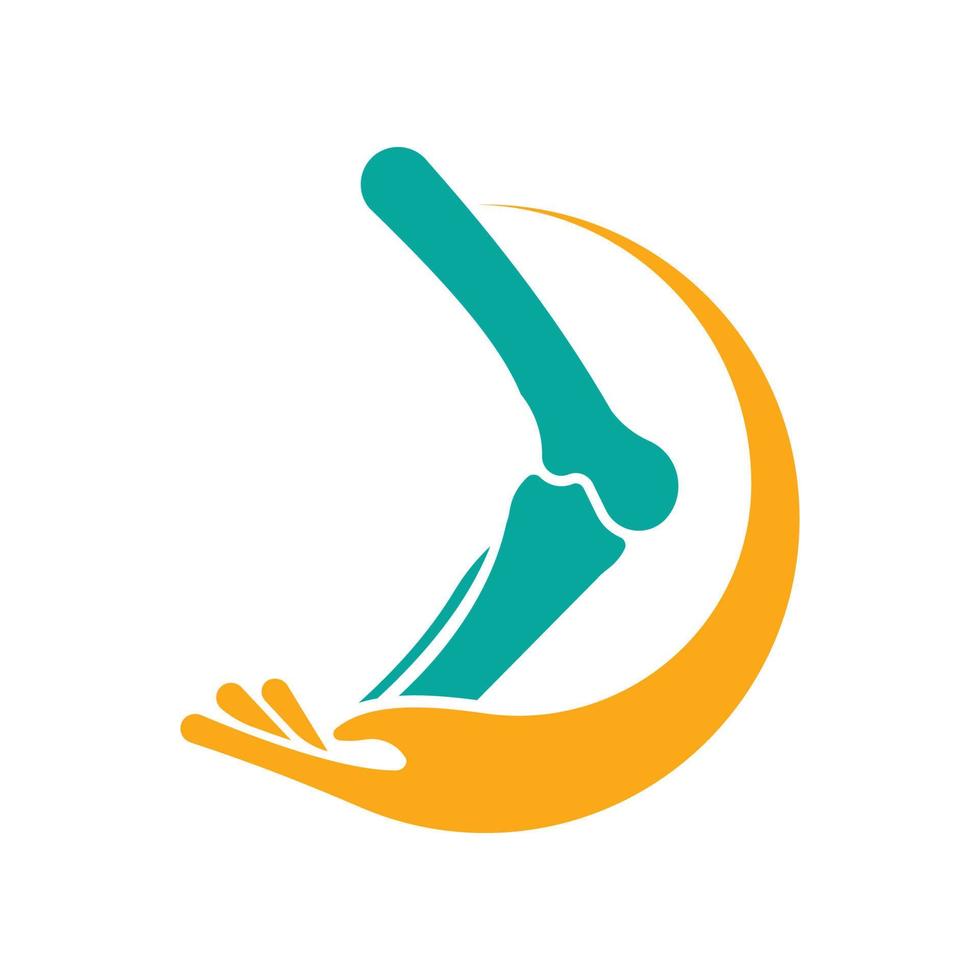+919819996745

This is your website preview.
Currently it only shows your basic business info. Start adding relevant business details such as description, images and products or services to gain your customers attention by using Boost 360 android app / iOS App / web portal.
Description
What Is Physical Therapy? Physical therapy involves exercises, manual techniques, and other treatments to help people recover from injury, manage chronic pain, improve movement, and improve quality of life. PT is often prescribed for musculoskeletal conditions, neurological disorders, and post-surgical recovery. 🏋️♀️ What Does a Physical Therapist Do? Assess Your Condition: Evaluate pain, range of motion, strength, posture, and movement patterns. Identify areas of weakness, tightness, or dysfunction. Create a Treatment Plan: Develop personalized treatment strategies, targeting strengthening, stretching, or correcting imbalances in the body. Hands-on Techniques: Manual therapy: Soft tissue mobilization, joint mobilizations, and stretching to relieve pain and improve movement. Neuromuscular re-education: Exercises to help improve movement patterns and coordination. Provide Exercises and Education: Teach exercises to help increase strength, mobility, and flexibility. Offer posture correction and ergonomic advice to avoid re-injury. Suggest lifestyle changes for long-term health (like better body mechanics or joint protection strategies). 🔧 Common Conditions Treated by Physical Therapy: Musculoskeletal Injuries: Sprains, strains, and ligament tears (e.g., ACL injury, ankle sprain) Fractures (post-casting rehab) Dislocations and joint instability Soft tissue injuries (e.g., tendonitis, bursitis) Chronic Pain Conditions: Arthritis (e.g., knee, hip, hand) Fibromyalgia Chronic low back pain Sciatica Post-Surgical Rehabilitation: Joint replacement (hip, knee, shoulder) Spinal surgery (e.g., discectomy, fusion) Tendon/ligament repair (e.g., rotator cuff surgery) Foot and ankle surgery (e.g., bunionectomy, fracture repair) Neurological Conditions: Stroke recovery and balance improvement Parkinson’s disease Multiple sclerosis (MS) Sports Rehabilitation: Recovery from sports-related injuries Prevention and performance optimization 💪 Typical Physical Therapy Techniques and Exercises: 1. Stretching & Flexibility Exercises: Static stretching to lengthen tight muscles (e.g., hamstrings, quadriceps, hip flexors) Dynamic stretching to prepare muscles for activity (e.g., leg swings, lunges) 2. Strengthening Exercises: Resistance training with weights or bands to build muscle strength and stabilize joints Core strengthening to support the spine and improve posture Functional exercises (e.g., squats, lunges, balance work) 3. Balance and Coordination Training: Exercises on unstable surfaces (balance boards, wobble cushions) to improve proprioception (awareness of body position) Single-leg stands, heel-to-toe walking, or agility drills to enhance coordination 4. Manual Therapy: Joint mobilization: Gentle, controlled movements to restore joint mobility Soft tissue mobilization: Techniques to relieve tightness, such as myofascial release or trigger point therapy Massage techniques to reduce muscle spasms and pain 5. Heat/Ice Therapy: Heat packs to relax stiff muscles Ice packs for inflammation and swelling control 6. Posture & Ergonomics Training: Correcting posture during work or daily activities Ergonomic advice for sitting at a desk, lifting objects, and other movements to avoid injury 🧑⚕️ How Does Physical Therapy Help in Recovery? Reduces Pain: Through manual techniques, modalities like heat/cold, and targeted exercises, PT can help reduce pain from injuries or conditions. Restores Movement: Helps to regain lost mobility, whether it's a joint that's stiff from arthritis or a shoulder that’s frozen after an injury. Prevents Re-injury: Through strengthening exercises and posture correction, PT teaches you how to avoid the same injuries or complications in the future. Enhances Recovery: In post-surgical rehab, PT helps to restore full function and strength to the affected area. Improves Function: In chronic conditions, PT helps maintain or improve daily activities (e.g., walking, lifting) and quality of life. 🧠 When Should You Consider Physical Therapy? After surgery (e.g., joint replacement, ligament repair) After an injury (e.g., sprain, strain, fracture) If you have chronic pain (e.g., lower back pain, arthritis) If you're dealing with muscle weakness or joint instability If you want to prevent injuries while staying active or playing sports To optimize mobility if you're aging or have neurological conditions (e.g., stroke, Parkinson’s) ⏱️ What to Expect in Physical Therapy: Initial Assessment: Expect the therapist to take your history, evaluate your condition, and discuss your goals. Personalized Plan: You’ll receive a tailored treatment plan that may involve different types of exercises, stretches, and manual therapy. Frequency: Therapy sessions can range from 2-3 times a week initially, tapering off as you improve. Home Exercises: You may be given a home exercise program to reinforce what’s done in therapy. ⚠️ What If Physical Therapy Isn’t Enough? While PT is highly effective, there may be times when: Surgery is required (e.g., joint replacement, ligament reconstruction) More advanced interventions like injections or pain management are needed A change in lifestyle (e.g., weight loss, ergonomics) is necessary to fully recover

